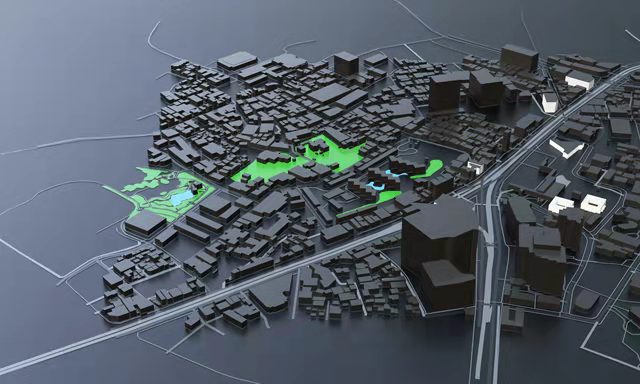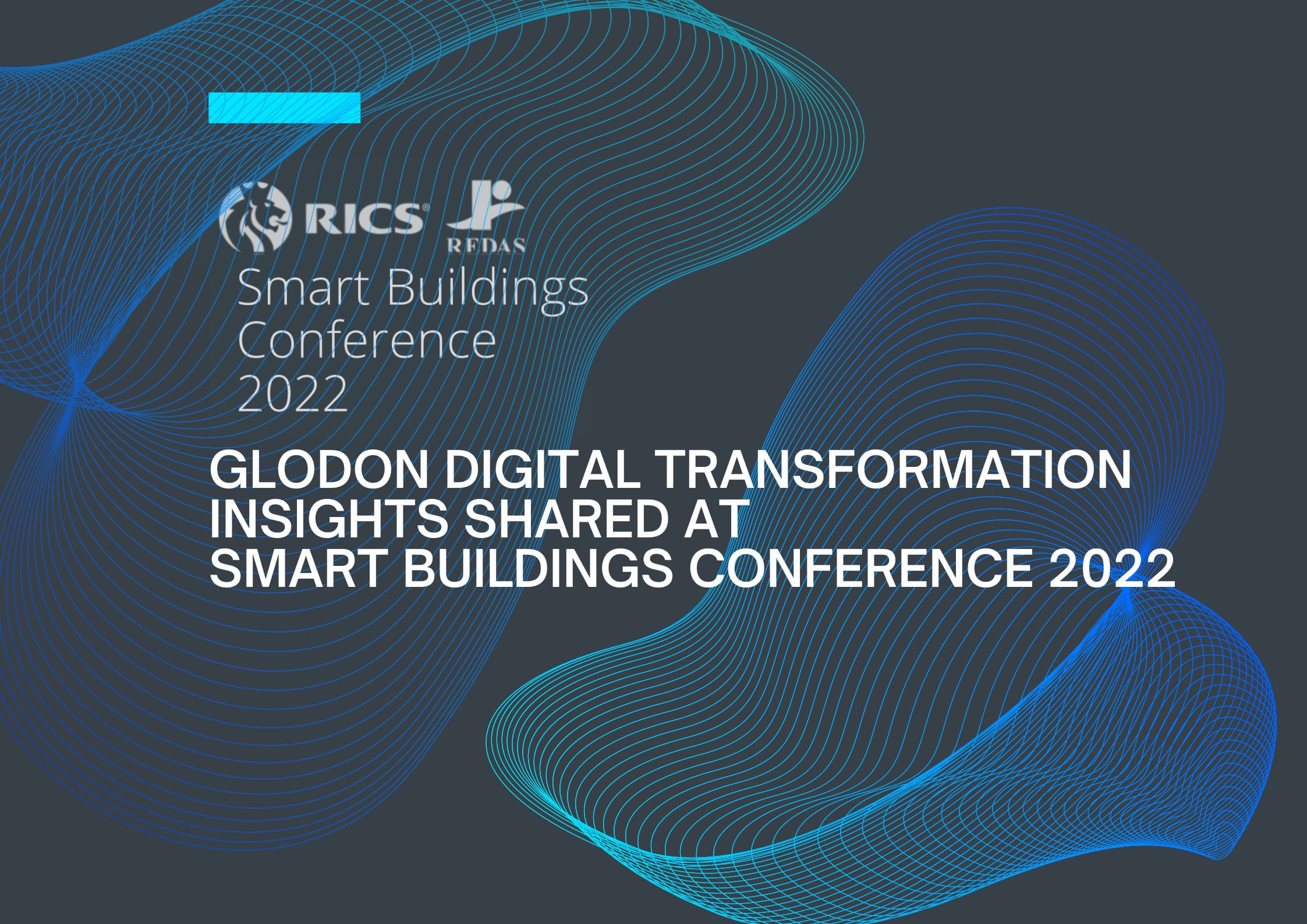Jul 01.2022
Digital Twins in Design and Construction: Ten Lessons – Part 2
By Kay Pitman, WBEF Manager
How will digital twins evolve in the design and construction industry in the future, and what is their untapped potential? What is necessary for their adoption and implementation? In the second of this two-part article, we share the findings from the recent webinar co-organised by RICS and Glodon.
Definition is Critical
‘The first thing we have to think about is, what are we twinning? And the second question is, how are we modelling it?’ explains Hugh Seaton, CEO, The_Link. A lot of people have heard of digital twins from manufacturing or facilities management, where their use is relatively more mature. In design and construction, the use of digital twins is still developing.‘This is because the design and construction phases are more complex and some of the technology behind it is still emerging. In the case of a built asset, the subject of the twin is more obvious: the building is there and exists. In construction, the process is ever-changing. Are we twinning things like deliveries, the supply chain, what’s happening onsite, or are we twinning something more short-lived?’
Data
Connections, Decision-making and Governance
‘Digital twins are defined by three things:
data, data, and data’, Anil Sawhney, RICS Global Construction and
Infrastructure Sector Lead. ‘Understanding the frequency and quality of the
data connections is critical with digital twins’, continues Hugh Seaton. Trust
gets eroded when you don’t have the frequency you need to ensure that what
you’re looking at is within the same timeframe that you’re making decisions.
‘Data governance, or data lineage, is essential. Understanding when the data
was created, what’s been done to it and how it’s being delivered. If you can’t
trust a little bit of the data, you can’t really trust all of the data.’

Classifications, Terminologies, and Industry 5.0
‘We are starting to move towards industry 4.0 and 5.0 where people are not going to be working with people, but working more with robotics, drones and different types of machines, explains Salla Eckhardt, Director, Digital Building Lifecycle & Innovation – Center of Innovation. Data interoperability, transportability and shared terminology will be a necessary and foundational capability in that future. ‘There’s a lot of promise, and the methods that companies and contractors are using to connect and manage data are evolving and emerging’, says Hugh Seaton. ‘But you don’t need to wait decades for those processes to emerge, and there is a lot you can do now with common data environments and data mapping. It’s a much more efficient and less costly hand over process if you can develop a digital twin during construction’.
BIM is the seed for the digital twin, says Claire Penny, Global Digital Evangelist, Invicara. And using standards like ISO 19650 series provides that classification processes and methodology for identifying and gathering the necessary data. ‘You need to have good quality data gathering early on. If you have your classifications and ontologies together in the early phases, you’ll be able to handover to the operation phase much more easily. There will be no need to knit everything together retrospectively. Handing over a complete project lets you to quickly move on, without the client coming back and asking for missing information. A digital twin can help.’ Anil Sawhney agrees. ‘We should try and avoid the same mistakes that were made on the BIM journey.’
Start with the End in Mind
With the proliferation of more and more sensors and data, Salla Eckhardt explains, we’re improving our understanding of the operational performance of the buildings we’ve built over the last few decades. ‘We’re getting more insight. How did the design solutions or decisions we made impact the total performance of the building? We must understand how the decisions made in the early phases of the digital building life cycle affect the use in later stages. If the decisions made were not backed up by data, they are going to be an issue or a problem later on in the lifecycle.’
Digital Natives and Adoption
Regulatory compliance and moving to net-zero, particularly in Europe, is a significant driver of digital twin adoption, states Claire Penny. Salla Eckhardt agrees. ‘To oversimplify things, it is the new generation of people – those that have very strong values of sustainability – they are really conscious about what the future might look like, and they are driving adoption. People want to be aware of how their operations are influencing and impacting environmental, social and governance outcomes: digital twins enable people to have that transparency. The future workforce is a generation of people who are digital natives. They know how to programme; they can create solutions for themselves, and they will bring that capability to the workforce. We have to open the gates and let the digital native generation do what we weren’t enabled to do in the past.’
Digital twins are poised to positively influence digitalisation in the construction sector over the next decade.? As Pierpaolo Franco, Vice President, International Markets Development, Glodon writes in the report: ‘Changes are inevitable; by better understanding the drivers behind them, we can thrive in the future and make a better contribution to the built environment.’














